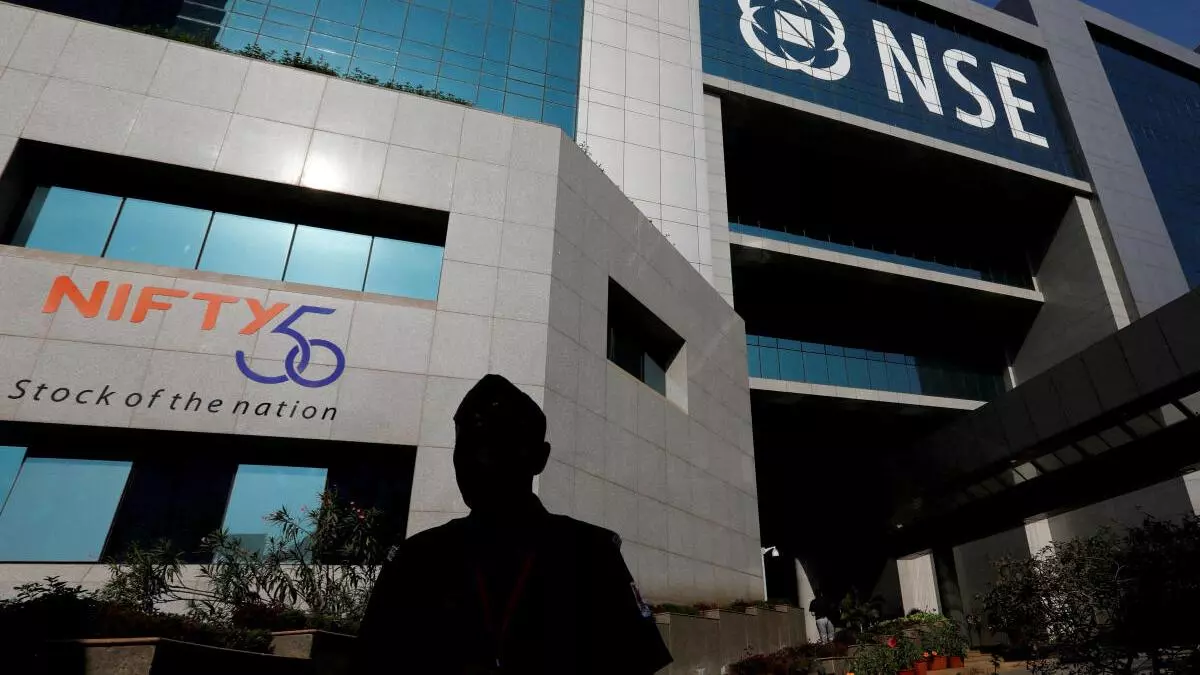Smaller ticks will have a big impact
The National Stock Exchange, last week, took an important decision for the first time since its inception in 1994 with respect to tick sizes.
The leading exchange in terms of trading volume has reduced the tick size — the minimum price by which stock prices can change — to one paisa for all stocks below ₹250 a share. “Exchange has informed about revision in tick size of securities with price below ₹250 in Capital Market Segment (CM Segment) of NSE. Stock futures shall have the same tick size as applicable for underlying security in CM Segment,” the NSE stated.
The new tick size rule on the NSE will be applicable from June 10 onwards in the cash segment, and July 8 onwards in the stock futures segment.
It may be recalled that its rival BSE, last year, had reduced the tick size to 1 paisa for stocks below ₹100 in the cash segment. Till 2015, the BSE had tick sizes as high as ₹1 based on absolute share price. It had six slabs: from ₹0-15: 1 paisa; between ₹15-100: 5 paise; ₹100-500: 10 paise; ₹500-2,000: 25 paise; ₹2,000-5,000: 50 paise; and for the stock whose price was between ₹5,000 and ₹10,000, the tick size was ₹1. However, the BSE pruned it to just two slabs in 2017: 1 paisa for shares trading less than ₹15 and five paise for others; and that was tweaked further to shares trading below ₹100 from March 1, 2023.
BSE had so many lower tick sizes as thousands of penny stocks were actively trading. Even now, the share of penny stocks trading on the BSE is at least two or three times higher than NSE. On the other hand, the NSE had consciously kept its listing norms and entry-level requirements more stringent to discourage penny stocks.
Curbing manipulation
The Indian Government withdrew coins of denomination of 25 paise and below from circulation from June 30, 2011. Some denominated coins — 1 paisa, 2 paise, 3 paise and 5 paise vanished from circulation in mid 1990s — the time NSE emerged. So, the NSE had kept its minimum tick size as 5 paise from the start of trading operations.
NSE has the highest trading intensity (reducing stale prices) and their bid-ask spreads are the tightest (reducing bid-ask bounce). This is assisted by the fact that the NSE tick size is ₹ 0.05 for all stocks, which encourages tight bid-ask spreads, the leading bourse said.
“The tick size of 0.05 was believed to strike a balance between allowing for meaningful price movements that reflect market conditions and preventing excessive volatility or price manipulation that could occur with smaller tick sizes. A tick size that is too small can lead to high-frequency trading strategies that may not necessarily contribute to market efficiency or price discovery,” the NSE had reasoned out.
Precise pricing
However, the situation has changed drastically now. With the influx of huge number of traders into the market and increase in algo traders, this small step allows them more precise price setting and can lead to better matching of buy and sell orders. This will also benefit mutual funds and other domestic investors and enhance market efficiency and liquidity too.
As only Tata Steel is trading below ₹250, this move will have only marginal impact on Nifty50. But other indices such as Nifty Next50, Nifty MidCap, Nifty SmallCap will face some impact as at least half a dozen stocks are trading below ₹250.
